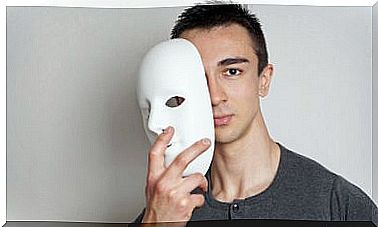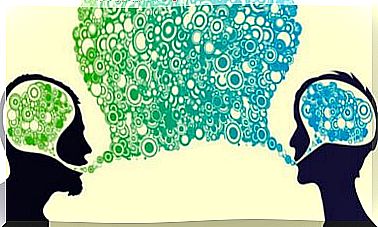Cingulate Gyro: Parts And Functions
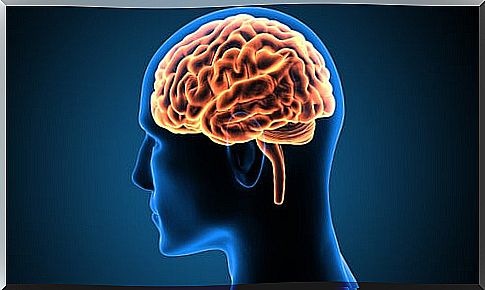
The cingulate gyrus is a part of the human brain that is located in the two cerebral hemispheres. This structure, together with the parahippocampal gyrus, constitutes the limbic cortex of the limbic system of the brain.
When we are restless or anxious, it is our cingulate gyrus that acts. This helps us to express our emotional state through gesture, posture and movement.
As you can imagine, the cingulate gyrus has taken on great importance in neurocognitive and cognitive studies. In addition, this part of the brain anatomy has been related to several brain functions, but also to some disorders.
Alzheimer’s disease or depression are great examples of this. However, it also has to do with other disorders such as schizophrenia, bipolar disorder, some anxiety disorders and others related to addiction.
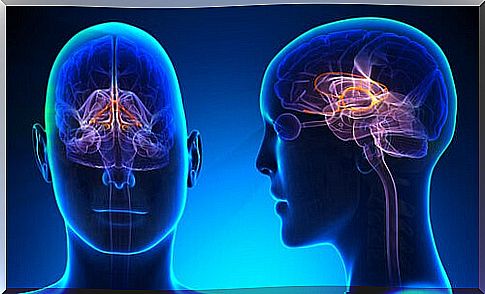
Structure and functions of the cingulate gyrus
The anterior cingulate cortex
Generally speaking, this part of the cerebral cortex plays a role especially in autonomic and endocrine responses to emotion and memory storage.
In addition, it is believed to be involved in the regulation of endocrine function and in the expression of autonomous states. It does so through its projections with the nucleus of the solitary tract and the dorsal motor nucleus of the vagus nerve.
But it is not only limited to making projections to these areas. The anterior cingulate cortex also has extensive connections to:
- The amygdala. This region of the brain is highly involved in emotional responses.
- The periaqueductal gray matter. It is a primary site for the modulation of certain pain-related circuits.
- Medio-dorsal and anterior thalamic nuclei. It is believed that these nuclei could be involved in some functions such as learning, memory and attention.
Medial cingulate cortex
This part of the cingulate gyrus becomes involved when we make predictions about behavioral outcomes. It also assists in this behavior through projections it makes on the dorsolateral prefrontal cortex, supplemental motor areas, parietal cortices, and the spinal cord.
That is why it is believed that the medial cingulate cortex is related to the processing of information about decision making. It would be specifically about decision-making based on reward and cognitive activity associated with intentional motor control.
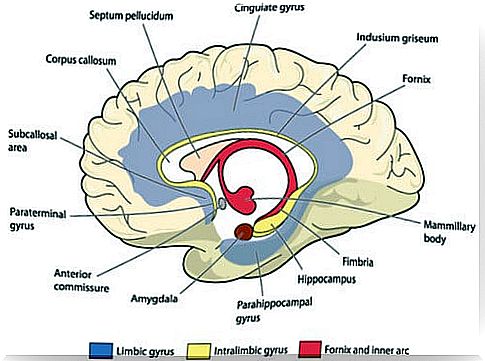
Posterior cingulate cortex
The posterior cingulate gyrus is related to a topokinetic memory circuit. Specifically, its main function is in visuospatial orientation.
The most ventral part appears to be highly integrated within the brain’s “default mode network”. That is, a system in the brain that remains active when we are not paying attention to external stimuli.
In addition, it is believed that this part also has to do with internally directed cognition processes. Some are memory retrieval, planning, or spatial information processing.
It is also hypothesized that this part is involved in self-monitoring and evaluation of events related to self-relevance.
The most dorsal part of the posterior cingulate cortex is closely linked to the premotor, dorsal visual, and orbitofrontal regions of the brain. In addition, this part participates in the orientation of the body in a visual space.
Retrosplenial cortex
This part of the cingulate gyrus has been implicated in processes such as autobiographical memory and imagination. Thus, it appears that many neurological disorders that impair memory are associated with problems in this region of the cingulate gyrus.
Thus, it seems that the cingulate gyrus is primarily responsible for mediating our emotional responses. In addition, it is also responsible for assigning value to emotion in the face of both external and internal stimuli. Especially, the cingulate gyrus allows us to vocalize internal states (that is, it gives us the ability to express our emotions out loud).
In conclusion, if the cingulate gyrus is damaged, the autonomic system could lose its ability to respond to conditioned stimuli. This could lead to aggressive behaviors, shyness, or decreased feelings of affection.



